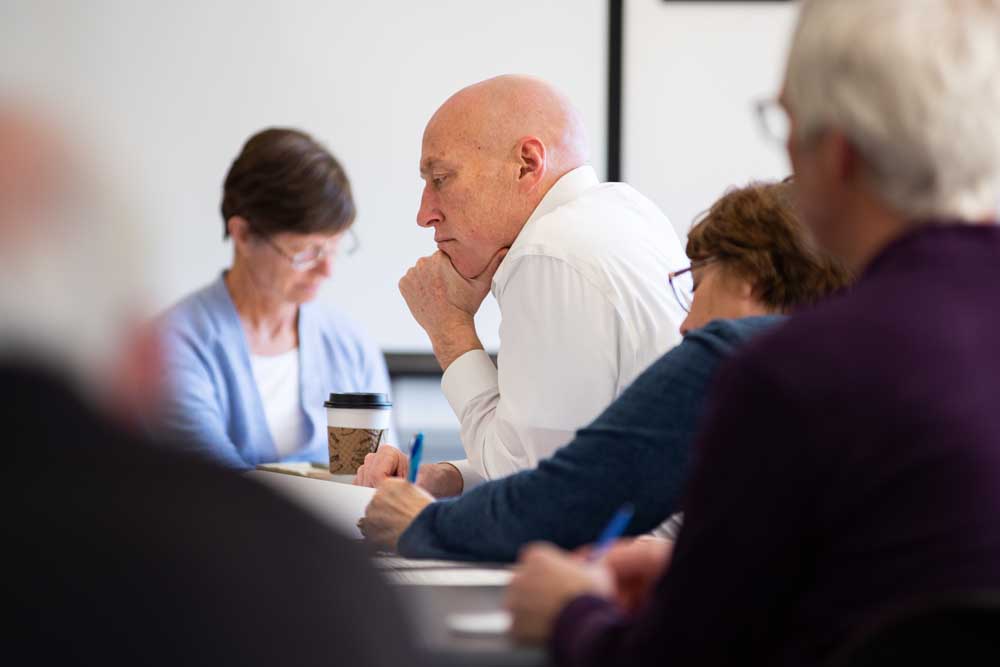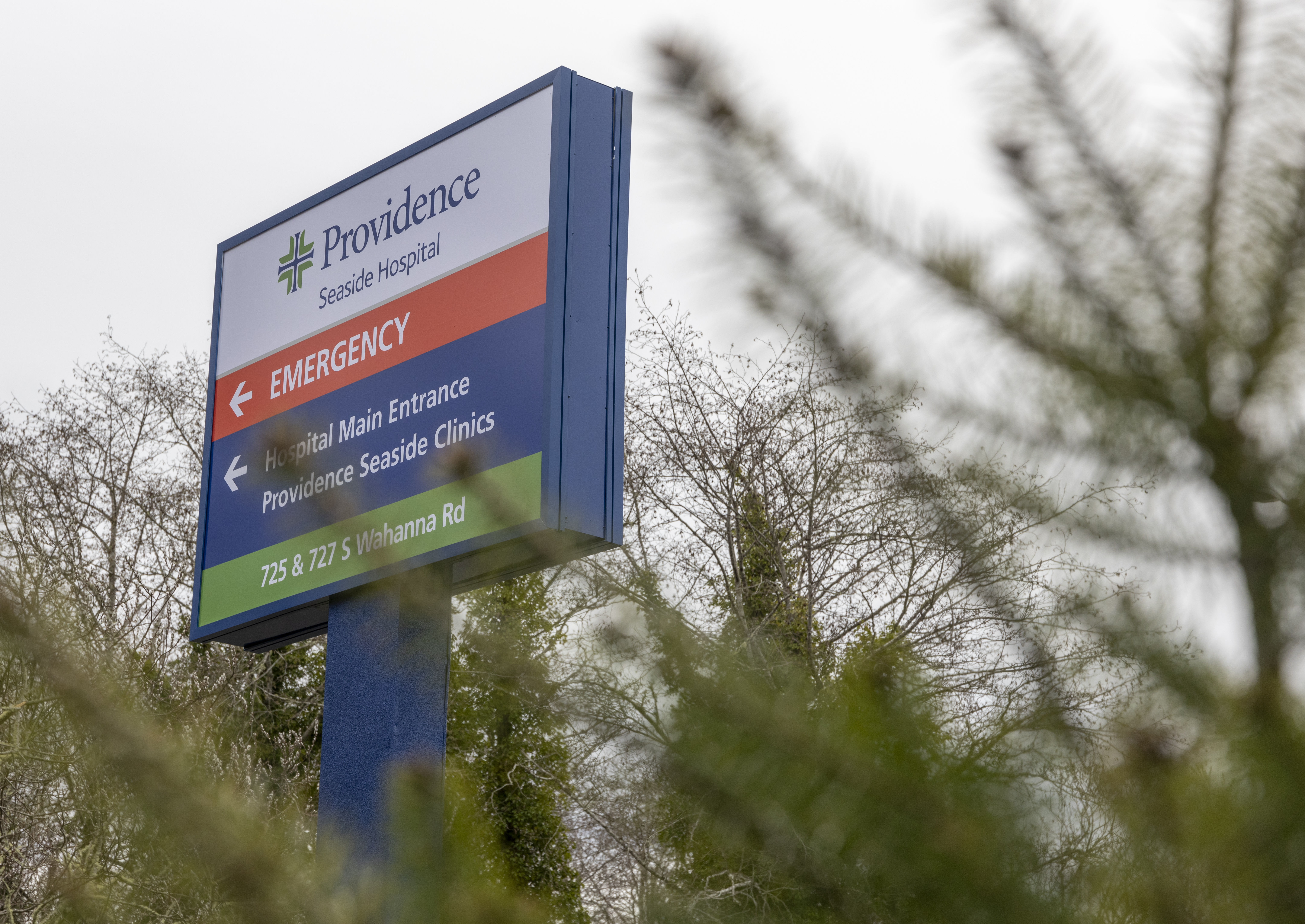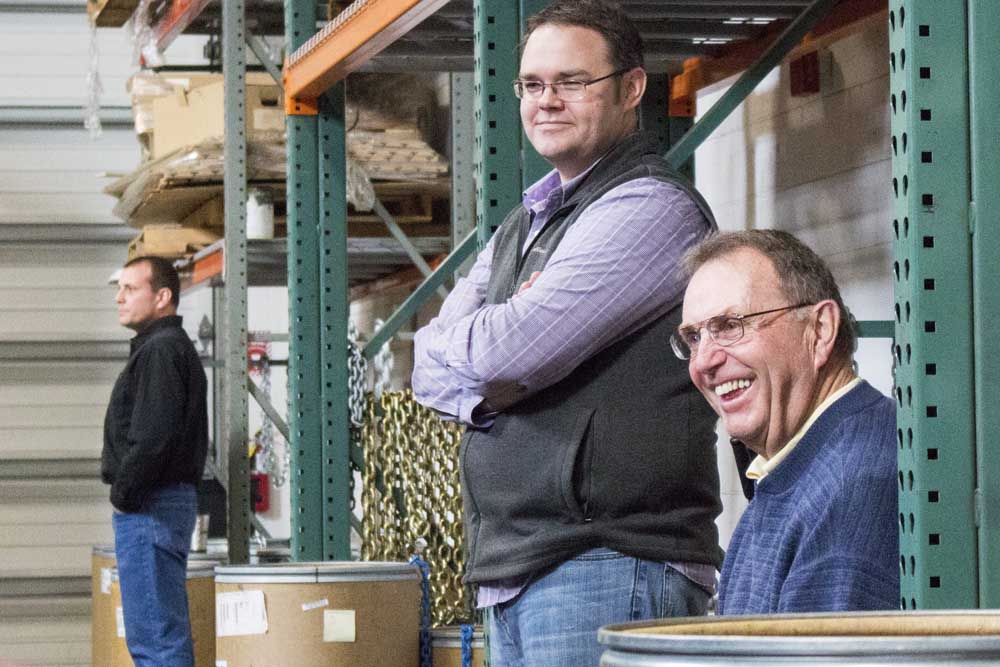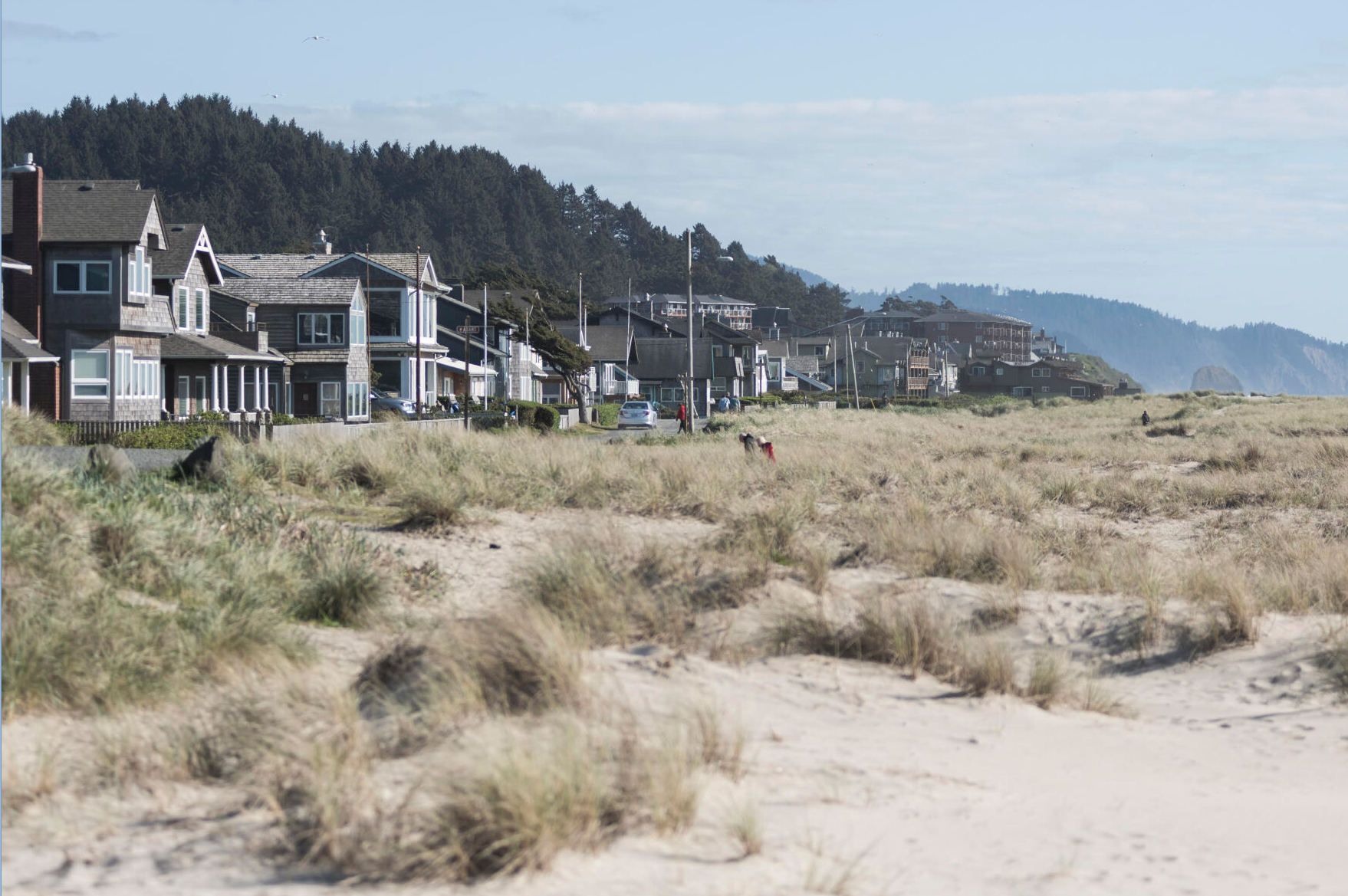Writer’s Notebook: Our roads are paved with skulls
Published 12:30 am Thursday, January 9, 2025
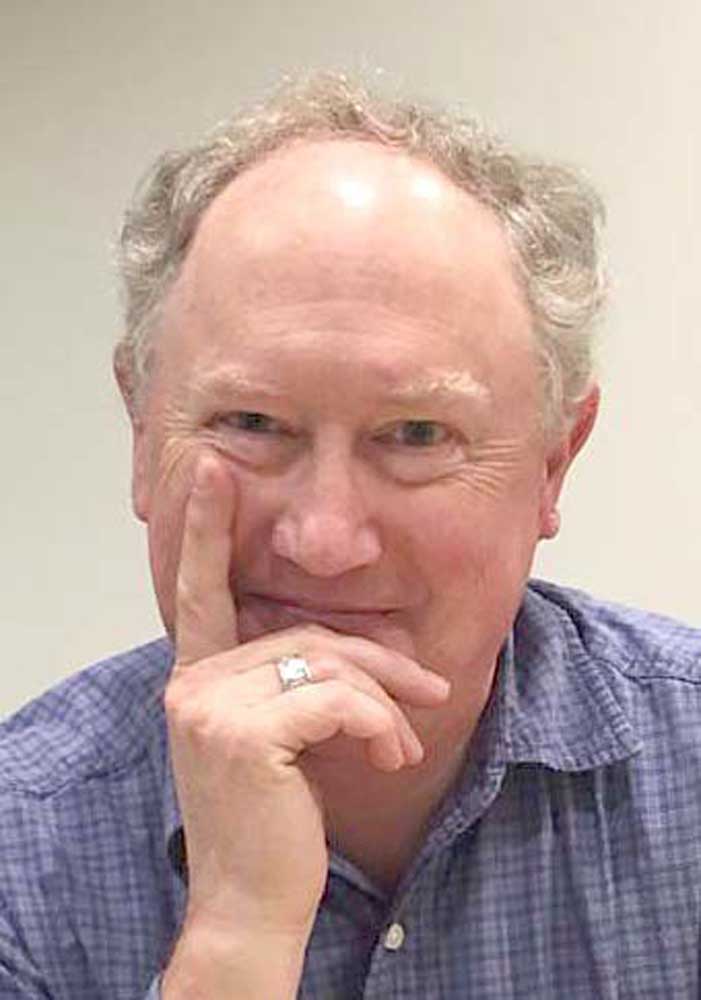
- Matt Winters
As another presidency and Congress end without curing the contemptible injustice of leaving the Chinook Indian Nation unrecognized, two stories bring home the tribulations of Indigenous life.
Trending
The first is from January 1880, an item in The West Shore, a magazine that promoted settlement in Washington Territory and Oregon. If the article is true, and it reads as such, it provides a perfect if horrifying symbol of how a mighty Indian people were literally pounded into paving material.
H.B. Clarke wrote:
While swimming at the sea-side house at Clatsop, my attention was drawn to the material with which the roads were being macadamized (paved) — shells of oyster and clam predominated, but the rather frequent sight of human bones and skulls excited my curiosity. Following the wagons, I found my way to the pits from which this dump was taken. The excavation showed a depth of from five to six feet of this debris, and the original dirt strata had not yet been reached.
Trending
I stood by the wall of this seemingly unlimited bed, and with a stick dug into the bank, finding shells of various kinds, some of which are not now found on this coast, and bearing evidences of having been used for food, sometimes calcined (baked); also the bones and vertebrae of fish, bones of birds, deer, and other animals, and among them the bones of the human body, sometimes the tiny ribs of a little child, and sometimes the arm bones or the shoulder blade of an adult; skulls, too, were not infrequent. … These remains were scattered indiscriminately, just as one might imagine the garbage of a house might be thrown day by day, and so accumulate in a heap, while earth and stones were mixed with the bones. Of the length of this bed I have no knowledge, and can only imagine the age. It was in shore half a mile, and must have, in ancient times, been the beach proper.
Ages have passed since these wild people encamped by the booming waves, for immense old firs, five and six feet in diameter, are growing over the prostrate giant trees that preceded them. I saw no implements of any sort, nor did I hear of any being found in these beds, though they might be easily overlooked, as no one had ever before exhibited any interest or curiosity in the matter.
This account doesn’t appear to have garnered any attention, but elicits many thoughts in me. Foremost of these is imagining what rage I’d feel if workers lacking any “interest or curiosity” used the remains of my ancestors for paving material. What inhuman callousness.
Secondly, it’s possible this thick deposit might, at least in part, be a shell midden — exactly the kind of village dump The West Shore writer imagines. However, knowing now as he did not in 1880 that powerful tsunamis sweep this coast every few centuries, what he describes seems more likely to be the vast wrack line where people, shellfish and other living things were left in an awful, tangled jumble following either the most-recent January 1700 Cascadia Subduction Zone quake or some earlier episode.
Third, while acknowledging it probably will be more respectful to simply allow any remaining dead to dissolve back into the Earth, the existence of such a debris shoal invites scientific curiosity. What might be learned about life before the tsunami struck or about the violent destructiveness of these disasters?
And finally, we all must remember this is a haunted land, no matter how bright and beautiful. The very roads we drive on were once paved with skulls. These were not “wild people,” but sophisticated human beings.
As a proud alumnus of Wyoming Indian Elementary School — it was called Mill Creek School when I, my older brother and a handful of other white kids went there — I’ve been transfixed by the slowly unfolding truth about Indian boarding schools in the U.S. and Canada.
Mill Creek wasn’t one, but there were boarding schools on the sprawling Wind River Indian Reservation. These included the nearby St. Michael’s Mission in Ethete, where I was baptized. The mission’s founder, Episcopal priest John Roberts, was famously effective in protecting his congregation and neighbors, and isn’t implicated in abuses. The same cannot be said of other religious leaders in Wyoming and elsewhere.
“More than 3,100 students died at schools built to crush Native American cultures,” the Washington Post reported last month in a masterpiece of deep investigative reporting. These deaths are not bygone history — the most recent found by the Post happened in 1970.
“The causes of death included infectious diseases, malnutrition and accidents, records show. Dozens died in suspicious circumstances, and in some instances the records provide indications of abuse or mistreatment that likely resulted in children’s deaths. A 10-year-old boy was fatally shot in 1912 at an Alaska school, a newspaper reported. A girl in Oregon ‘fell from a high window there & was brought home a corpse’ in 1887, according to a teacher’s diary,” the Post reported.
Tuberculosis was the most common documented cause of school death and remains the world’s leading infectious deadly disease. I contracted it on the reservation in the mid-1960s, part of why our parents moved us all to town. My classmates had no such easy access escape from TB or the many other forms of premature death there. To this day, life expectancy on the Wind River reservation is just 49 years.
Kids sent to boarding schools “were assigned numbers and anglicized names. Their long hair was cut. The smallest infraction often led to a whipping, no food or solitary confinement. The children experienced extreme loneliness and fear. “‘They were beaten up like dogs. I have seen those children beaten up until the blood would flow out of their noses,’” a school worker testified before a congressional hearing in 1929.
The Post documented 77 deaths in Washington Indian boarding schools and an even more staggering 332 in Oregon. Other tribal children from the Pacific Northwest were probably shipped out of our region; the Carlisle Indian Industrial School in Pennsylvania was particularly notorious.
What can we do, other than avoiding such heartless stupidity in the future? Maybe remembering and sparing a thought for those whose lives were lost will in some small measure repay our debt in the echoing chambers of time.
Beyond this, providing justice to the Chinook Indian Nation — in part by deeding over title to the former Naselle Youth Camp property — is something we can and should do. In its own way a boarding school, giving it to the tribe would help turn a historical page.


